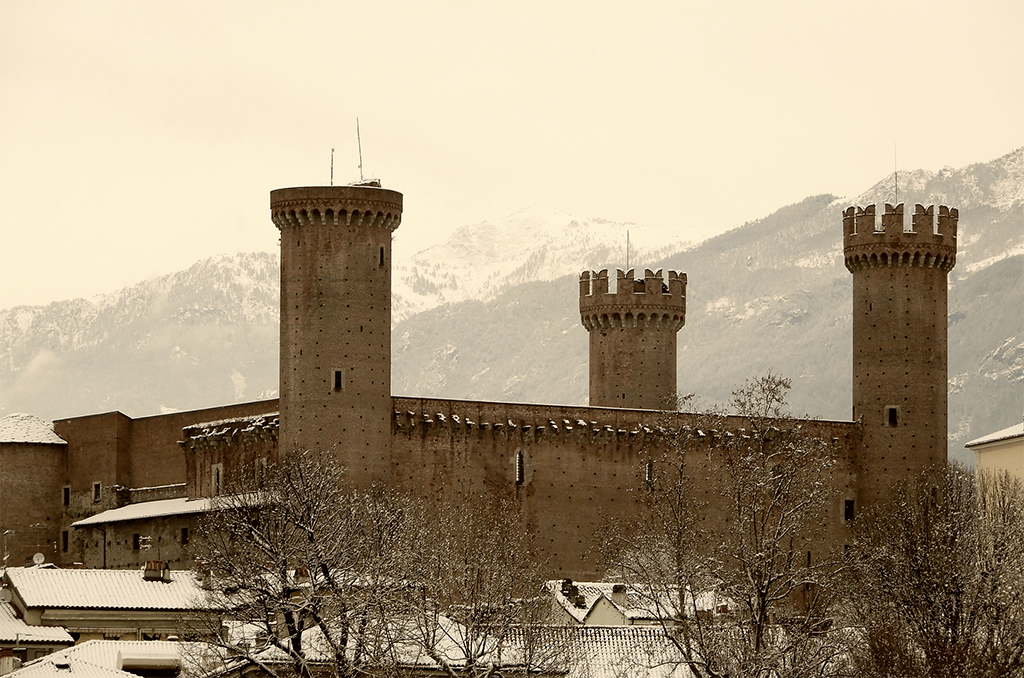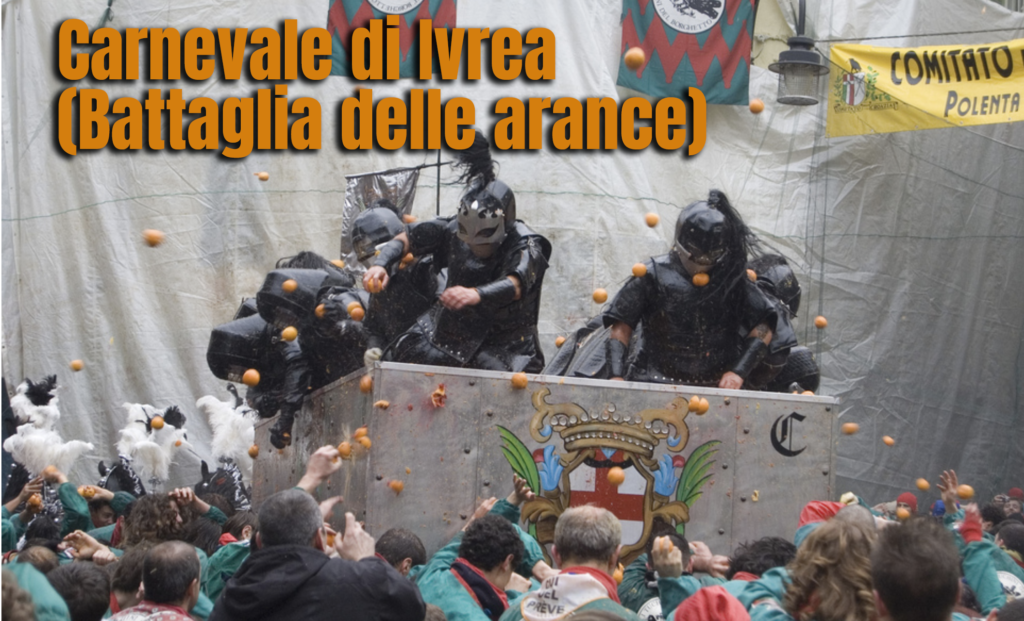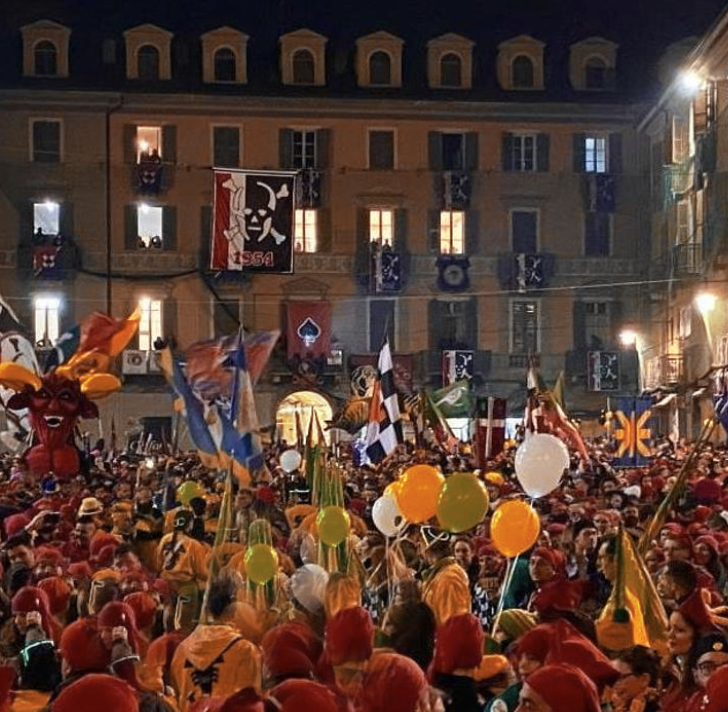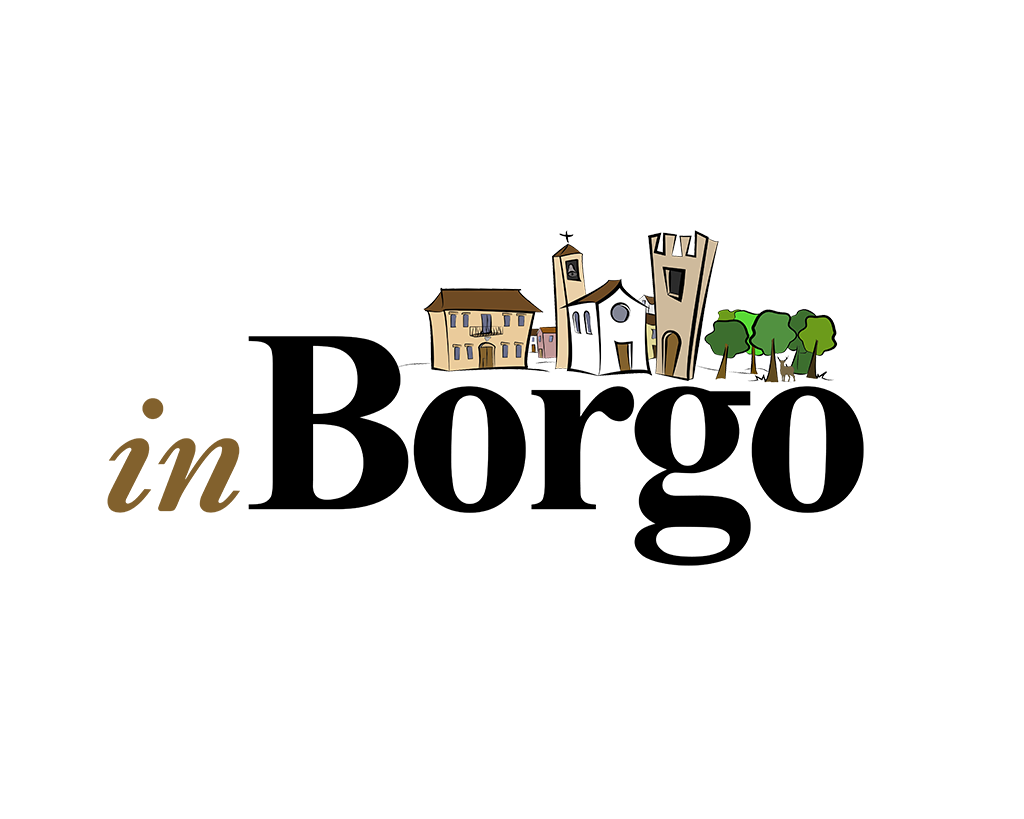
Ivrea ha origini antichissime. Il suo nome era Eporedia. Fondata nel V secolo A.C: Nel 2018 è entrata a far parte del patrimonio dell’Unesco. Circondata da laghi morenici formatisi durante la fine dell’ultima glaciazione avvenuta circa 12000 anni fa. Fu colonia romana nel I secolo A.C.
La città è ricchissima di edifici storici e religiosi di notevole pregio ad iniziare dal Castello delle 3 Torri, citato anche in una poesia del Carducci. Fu edificato da Amedeo VI di Savoia e realizzato interamente in mattoni. Ha una pianta trapezoidale con quattro torri circolari poste a suoi vertici. Una di queste, deposizto di munizioni e polvere da sparo, salto in aria quando venne colpito da un fulmine e mai più ricostruita.
Il palazzo, ora sede del municipio, era una volta adibito ad ospedale. Sorge nella piazza centrale del borgo storico di Ivrea.
Numerosi sono gli edifici religiosi, tra di essi spiccano il Duomo, costruito al di sopra di un tempio romano del I secolo a.c. Notevole la cripta affrescata che conserva un sarcofago romano che pare avesse contenuto all’interno i resti di San Besso. Diverse sono stati i suoi rifacimenti dovuti ache ad un terremoto. La sua facciata ha cambiato stile ben 3 volte. A fianco del Duomo sorge la chiesa di SAn Tolentino, ricca di affreschi di epoca Barocca. Poi abbiamo il santuario di Monte Stella e la Cappella dei tre re. La Cappella pare fosse stata eretta su suggerimento di San Francesco di passaggio ad Ivrea. E’ del 1220. A questie si aggiungono altre chiese come quella dedicata a San Bernardino e a Santa Croce.
Ivrea oltre ad avere un patrimonio artistico importante, è conosciuta anche per il famoso carnevale e soprattutto per la battaglia delle arance (precisiamo che le arance usate non sono commestibili). Le origini del carnevale di Ivrea risalgono al XVI secolo. Di quel periodo rimangono la sfliata degli ” Abba’” e l’innalzamento e abbruciamento degli “scarli“. Mentre la battaglia delle arance ricorda un evento medievale, ovvero legata allo Ius Prime Noctis. Una ragazza di nome Violetta, figlia di un mugnaio, fu trascinata nel castello per soddisfare e obbligata a soddisfare i desideri sessuali del signore locale. Violetta fece ubriacare il signore e, una volta addormentatosi, gli tagliò la testa, dando modo alla popolazione intera di ribellarsi al potere. Per sapere di qui, cliccate sul link quì di seguito.
Ivrea has very ancient origins. Its ancient name was Eporedia. Founded in the 5th century BC, it became a UNESCO World Heritage Site in 2018. Surrounded by moraine lakes formed during the end of the last ice age around 12,000 years ago. It was a Roman colony in the 1st century BC.
The town is rich in historical and religious buildings of considerable value, starting with the Castle of the 3 Towers, also mentioned in a poem by Carducci. It was built by Amedeo VI of Savoy and made entirely of brick. It has a trapezoidal plan with four circular towers placed at its apexes. One of these, a depot for ammunition and gunpowder, leapt into the air when struck by lightning and was never rebuilt.
The palace, now the town hall, was once used as a hospital. It stands in the central square of the historic town of Ivrea.
Numerous religious buildings, including the Cathedral, were built on top of a Roman temple in the 1st century BC. Of particular note is the frescoed crypt that houses a Roman sarcophagus that is said to have contained the remains of San Besso. It has been renovated several times, also due to an earthquake. Its façade has changed style three times. Next to the cathedral stands the church of San Tolentino, rich in Baroque frescoes. Then we have the sanctuary of Monte Stella and the Chapel of the Three Kings. The chapel is said to have been erected at the suggestion of St Francis passing through Ivrea. It dates back to 1220. In addition to these, there are other churches such as those dedicated to San Bernardino and Santa Croce.
As well as having an important artistic heritage, Ivrea is also known for its famous carnival and above all for the Battle of the Oranges (note that the oranges used are not edible). The origins of the Ivrea carnival date back to the 16th century. From that period remain the sfilata degli ‘Abba’ and the raising and burning of the ‘scarli’. While the battle of the oranges recalls a medieval event, i.e. linked to the Ius Prime Noctis. A girl named Violetta, a miller’s daughter was dragged into the castle to satisfy and forced to satisfy the sexual desires of the local lord. Violetta got the lord drunk and, once he fell asleep, cut off his head, giving the whole population the opportunity to rebel against the power. To learn more about carnival events, click on the link below


Comune di Ivrea
Piazza Vittorio Emanuele 1
Te. 0125 4101
